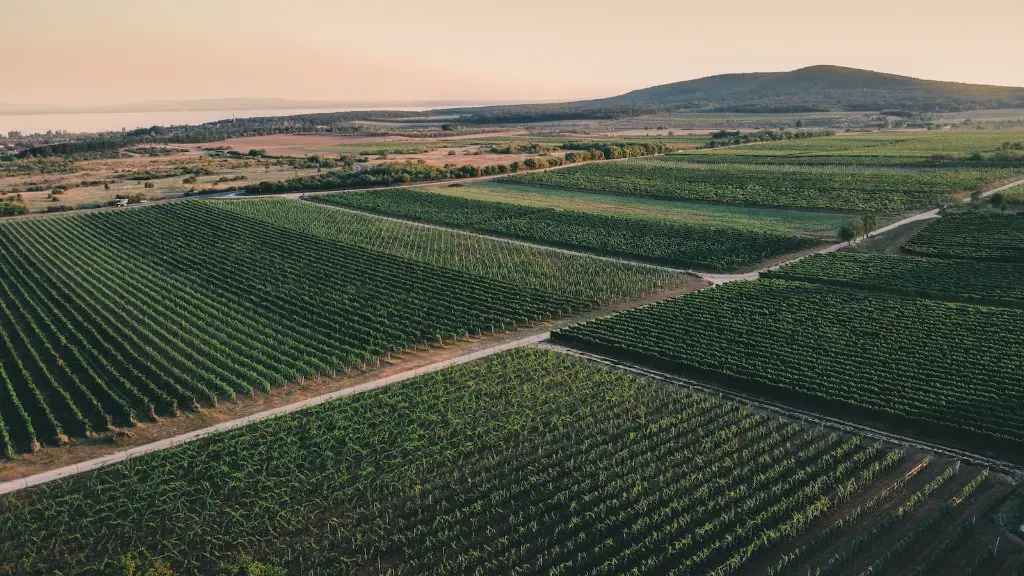Animal agriculture has been identified as one of the key contributors to global climate change. It directly produces 14.5% of all human-caused greenhouse gas (GHG) emissions, as well as energy use and resource consumption. This contributes to changes in the atmosphere, altering temperatures and weather systems around the world. Understanding how animal agriculture affects climate is an important step in designing meaningful approaches to reduce emissions.
The GHGs from animal agriculture come from both direct sources, such as the animals’ respiration, manure and enteric fermentation, and indirect sources, such as land-use change, feed production, and emissions from fertilizer use. The three main contributors to GHG emissions from animal agriculture are enteric fermentation from ruminant animals, manure management and feed production. This account for 74%, 11% and 10% of emissions respectively.
Enteric fermentation, or emissions from the digestion process of ruminant animals such as cows, sheep, and goats, is the main source of GHG emissions from animal agriculture. These animals produce methane, which is released into the atmosphere and contributes to climate change. Manure management also produces methane, as well as carbon dioxide, when stored and handled improperly. Feed production contributes to carbon dioxide and nitrous oxide emissions, due to energy use, fertilizer application and burning of crop waste.
In addition to GHG emissions, animal agriculture also makes significant use of energy and land resources. It requires large amounts of energy to farm and process animal-based foods, both for animal feed and for human consumption. Animal farming also makes use of limited land resources, which can contribute to the clearing of forests to make space for larger animal farms.
Given the extent to which animal agriculture contributes to climate change, reducing emissions from livestock farming is an important part of any climate change mitigation plan. Practical steps to reducing emissions include improving manure management and feed production practices, optimizing grazing efficiency, and improving feed conversion efficiency. Alternative sources of protein, such as plant based diets, can play an important role in reducing emissions.
Concrete Reduction Strategies
Reducing the impact of animal agriculture on climate change ultimately requires reducing the amount of animal-based foods we eat. This can be achieved through the promotion of plant-based diets, as well as improvements in the production and processing of animal-based foods. For example, supplying nutritious feed and providing animals with access to green pastures can enhance feed efficiency and reduce the amount of energy and land resources needed for production.
Feed selection is also important, as different sources of feed produce different levels of GHG emissions. For example, using locally produced feed can reduce emissions from transportation, while substituting soybeans for corn can reduce overall GHG emissions. Manure management systems can also be used to capture and use methane from manure to generate energy, reducing emissions.
In addition, raising animals on a smaller scale can reduce emissions. Smaller farms have lower emissions from feed production, fewer animals per unit of land, and lower GHG emissions from manure. This also reduces the need for large amounts of energy for farming and processing. Finally, reducing the demand for animal-based foods through prom


